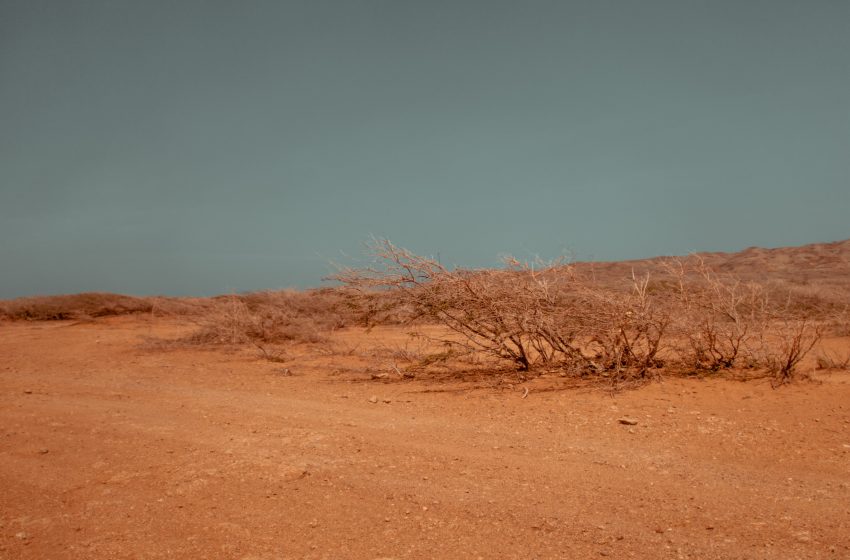On the peninsula often referred to as the Horn of Africa lies drylands that stretch up to 637,657 km2. This is Somalia, home to over 15 million people suffering from the harshest impacts of climate change as well as escalating internal conflicts.
Somalia is on the frontline of climate change and has experienced more than 30 climate-related hazards since 1990, including 12 droughts and 19 floods.
According to the UN, the number of people in Somalia who need assistance and protection is forecast to rise from 5.9 million to about 7.7 million in 2022. Already, over 100,000 people, especially in central and southern areas of Somalia have abandoned their homes in search of food, water and pasture for their livestock with little or no luck.
Asides from worsening drought, Somalia also struggles with a deadly armed uprising by the al-Shabab armed group as well as political feuds between ruling parties.
Ethiopia just like Somalia is experiencing severe drought as well as a 14-month long political crisis between the federal government and the people of Tigray championed by an opposition party known as Tigray People’s Liberation Front ( TPLF ). Thousands of people have been recorded as casualties of the conflict, with a majority being children.

The International Rescue Committee (IRC) reports that more than 3 million people in Somalia and southeast Ethiopia are suffering from the impacts of lack of rainfall which has led to the driest conditions experienced in parts of both countries in the last 40 years.
Ethiopia and Somalia are among 20 countries on the International Rescue Committee’s emergency watchlist for 2022.
In Kenya, over two and a half million people are experiencing deep food insecurity after two back-to-back failed rainy seasons. The lack of water has given rise to festering conflicts in communities in northern Kenya, leading to armed violence, deaths and displacement.
Particularly children under 5 are the most hit by the worsening conditions. A report by the World Health Organization showed that one out of every seven Somali children dies under the age of five due to extreme malnutrition and infection.
Humanitarian Response
The UN as well as other humanitarian organizations have set up support for affected areas in East Africa which greatly rely on funds contributed by wealthy countries and humanitarian bodies.
For instance, in Kenya, over $28.5 million has been received from donors, including $5 million from the United Nations Central Emergency Response Fund, to be used to provide relief materials for about 1.3 million people affected by drought in Kenya. About $111 million is still needed.
The IRC says it has launched a response in Ethiopia’s Somali region and says more money is needed to scale up humanitarian assistance in other areas. The agency is calling for more funding from humanitarian agencies.
In Somalia, the UN Central Emergency Response Fund (CERF) has allocated $8 million and the Somalia Humanitarian Fund is making a reserve allocation of $6 million for those affected by drought. The Somali Red Crescent Society and the ICRC are also running mobile clinics for displaced people in the region.

